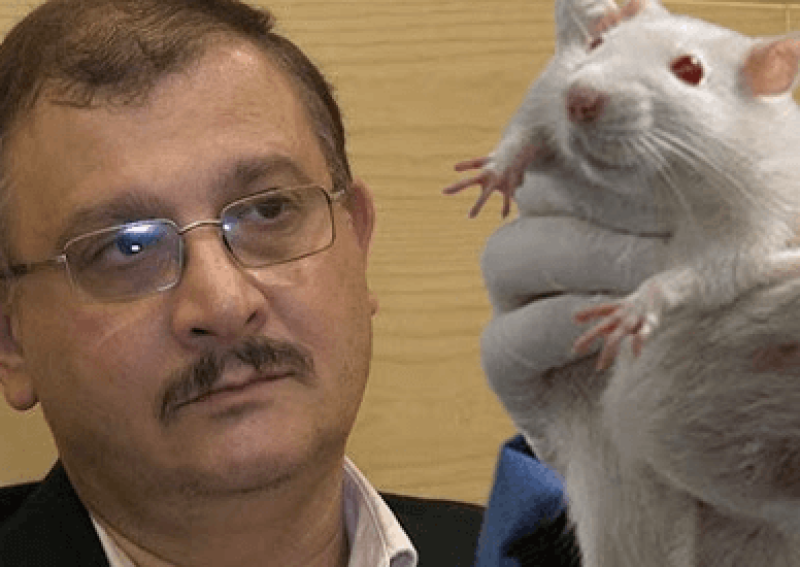According to Andrew Kniss, a weed expert at the University of Wyoming, who reviewed the limited data released in the Seralini study, the research appears to show very little–certainly not the conclusions touted by its author. If the data is to believed, it is also possible that male rats fed the herbicide glyphosate actually lived longer than the controls.
The Seralini press release for the re-published article states “The raw data underlying the study’s findings are also published” and this claim has been reprinted by many sources without much scrutiny. After a very brief examination of the data files supplied by Seralini’s team, it is clear that they didn’t actually provide all of their raw data. Nathanael Johnson, in his Grist piece, suggests that even though the statistics in the paper have been criticized heavily, the Seralini study “deserves to be taken seriously, and considered along with all the other other good, independently funded science on GM safety.”
I resisted writing a post on this for a while, since I didn’t really think it would be worth the time. In all honesty, it probably wasn’t worth the time. But because there has now been some data released, well, FREE DATA! Curiosity got the better of me. The data Seralini provided simply doesn’t support a link between GMOs or Roundup laced diet and premature death. This doesn’t mean that the diets had no effect; it is certainly possible that the GMO or Roundup diets caused females to die earlier (or even that the GMO diets caused males to live longer).What this means is that the mortality data provided by Seralini are simply not powerful enough to draw any conclusions one way or the other. Which is basically the same problem many folks identified with this study early on, even without the data in hand.
Based on the released data I’ve looked through, I can see no reasonable, consistent relationship between the experimental treatments and the response variables in the newly released data. I think it is also important to note that Seralini et al. state that the data presented in their article (and therefore the data they released) represents “the most important findings.” So if we can’t make any sense of the most important findings using a reasonable statistical analysis, I really don’t see how there is any real reason why this study, as presented, “deserves to be taken seriously.”
Read the full, original article: Seralini Rat Study Revisited































